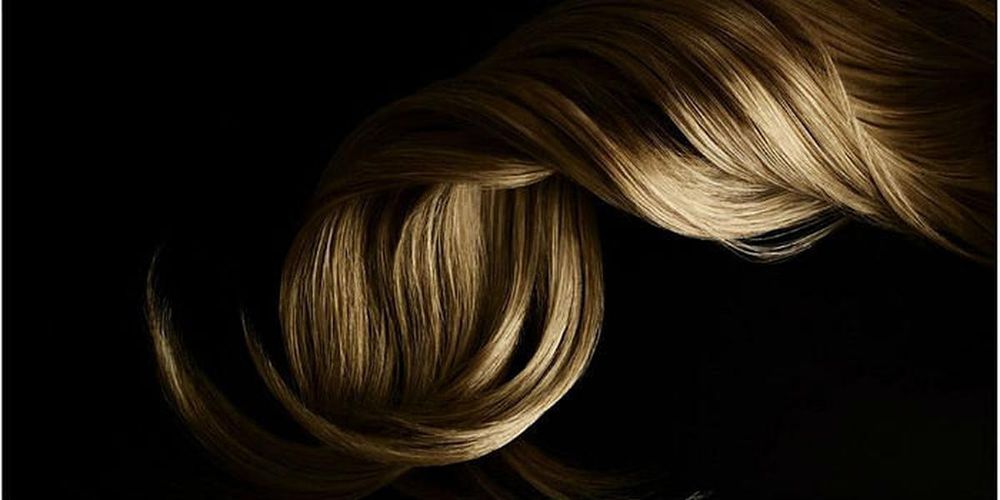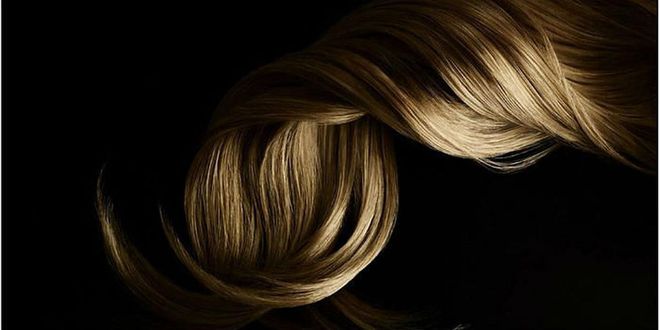This Is The Reason Why You Are Experiencing Hair Loss
Female hair loss is a growing concern, but there are new remedies to tackle the problem


Photo: Paul Zak
From the tumbling waves of early Hollywood icons to the glossy manes of today’s celebrities, a head of thick hair has always been deemed a woman’s crowning glory. The long-held perception of hair as a status symbol is perhaps why a change in volume can be such a source of anguish. An estimated eight million women in the UK are experiencing thinning, and the number appears to be rising.
“The patients who come into my clinic and cry are invariably those with hair loss,” says the dermatologist Dr Justine Hextall. “There’s a thin line between how you feel about your appearance and overall health.”
Related article: This Is How Beyonce Found And Maintained Her Perfect Hair Colour
Hairs on the scalp have a life cycle of between two and seven years, beginning with the anagen (growing) phase. The second step is the catagen phase, when the hair cells stop producing. The final telogen phase is where strands are shed. Each follicle goes through the cycle independently – if they didn’t we would lose all of our hair at the same time – and it is normal to lose between 80 and 100 hairs a day.
According to the trichologist Anabel Kingsley, the most common female conditions are reduced volume (androgenic thinning) and telogen effluvium, or excessive shedding. “Reduced hair volume occurs as a result of follicle sensitivity to normal levels of androgens,” says Kingsley. “The follicles shrink, producing strands of smaller diameter and shorter length. You are not losing hair, but the replacement strands are taking up less space.”
Related article: Here Are The Top Hair Makeover Trends In 2018 That Flatter Asians
Telogen effluvium occurs when hairs prematurely shed, resulting in a loss of up to 300 strands a day. “As hair is non-essential tissue, it is incredibly sensitive to general health and is often the first part to display symptoms from metabolic, dietary or hormonal upsets,” says Kingsley. “Therefore, the most common triggers of this condition are vitamin deficiencies, a period of ill health or stress, pregnancy and thyroid imbalances.”
Ageing can also play a part, with hair becoming finer as we get older. “This can also be influenced by hormonal changes such as diminishing oestrogen levels, which almost always affect the growth cycle, as oestrogen helps prolong the anagen phase,” says Kingsley.
At home, treat your scalp as you would your face, and focus on massage, which will boost circulation when applying product to roots. This month, Sisley is launching Hair Rituel, a range that incorporates the brand’s expertise in skincare. “The composition and function of the cells in the skin and the hair bulb are very similar,” says Sisley’s scientific director José Ginestar. “The factors harming the hair’s beauty and youthfulness are the same that damage the skin.”
Related article: I Tried The Same Hair Salon That Kate Middleton Loves
Nutrients to add to your diet include zinc, selenium and biotin, all of which are associated with healthy hair growth. If the problem is overwhelming, a specialist can help. “We carry out blood tests and a biopsy to assess follicles under a microscope,” says Dr Harryono Judodihardjo of Belgravia Dermatology. “Treatment depends on the cause and may include topical and oral medication, injections, scalp micro- pigmentation and hair-restoration surgery.”
The good news is that, thanks to the increased willingness to talk about a once-taboo subject, more information and treatment options are steadily becoming available. However, for now, there is no quick fix: the path to healthy hair really does start from within.
This post originally appeared on Harper's Bazaar UK.